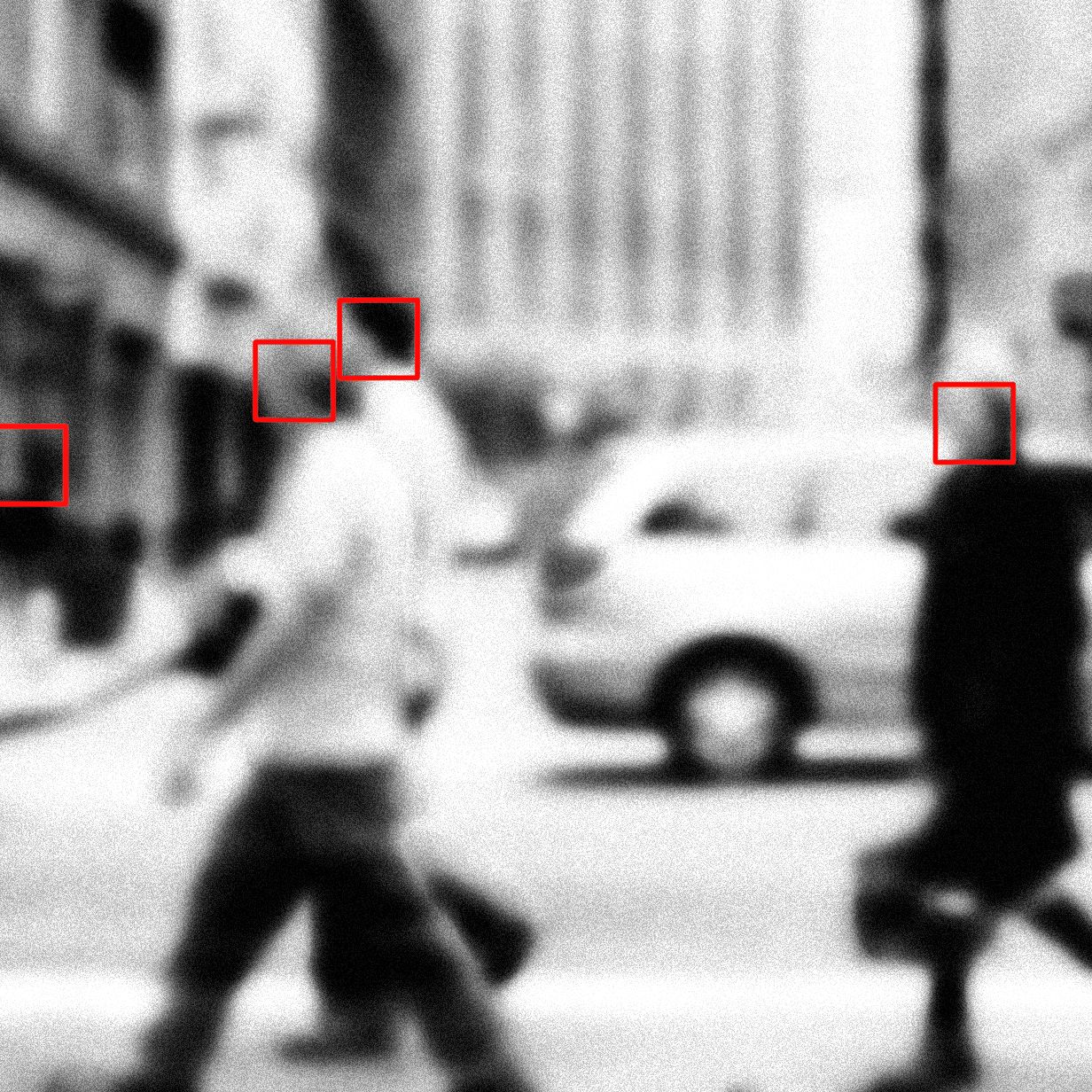ICE Rolls Facial Recognition Tools Out to Officers’ Phones
Immigration and Customs Enforcement (ICE) has recently equipped its officers with facial recognition tools right on their smartphones. This move has sparked concerns about privacy and potential misuse of the technology.
The facial recognition tools allow ICE officers to quickly identify and track individuals by simply taking a photo of their face. This swift identification process could expedite the enforcement of immigration laws, but critics worry about the accuracy and ethics of such technology.
The use of facial recognition technology by law enforcement agencies has been a controversial topic, with concerns about racial bias, false identifications, and invasion of privacy. ICE’s decision to roll out these tools to its officers’ phones adds another layer of complexity to an already sensitive issue.
Proponents of the technology argue that it can help law enforcement agencies to efficiently carry out their duties and keep communities safe. However, opponents fear that it could lead to wrongful arrests and further exacerbate tensions between law enforcement and marginalized communities.
As facial recognition technology becomes more widespread and accessible, it is crucial for government agencies like ICE to establish clear guidelines and safeguards to prevent misuse and protect individuals’ rights. The deployment of these tools to officers’ phones signals a shift in how immigration enforcement is conducted, raising important questions about accountability and oversight.
It remains to be seen how the use of facial recognition tools will impact ICE operations and interactions with immigrant communities. As technology continues to advance, it is essential for policymakers to tread carefully and ensure that civil liberties are not compromised in the pursuit of security and law enforcement objectives.
The rollout of facial recognition tools to ICE officers’ phones is a significant development that underscores the growing reliance on technology in law enforcement. It also highlights the need for comprehensive discussions and regulations around the use of such tools to balance security concerns with privacy rights.
